The possibility of weight rebound after cupping for weight loss exists, mainly related to weight loss methods, dietary habits, and lifestyle. Cupping promotes blood circulation and metabolism by stimulating acupoints, but relying solely on cupping alone is difficult to maintain long-term effects. It needs to be combined with a healthy diet and moderate exercise.

1. Principle of Cupping Weight Loss
Cupping stimulates the skin and acupoints through negative pressure, promotes local blood circulation, accelerates metabolism, and helps eliminate toxins and excess water from the body. Short term weight loss may be more due to water loss rather than fat loss. Cupping has limited auxiliary effects on weight loss and cannot directly burn a large amount of calories or break down fat.
2. Reasons for rebound
The main reasons for rebound after cupping weight loss include:
Failure to adjust dietary habits: If high calorie diets continue after cupping, weight is prone to rebound. Lack of exercise: Cupping cannot replace exercise, and lack of activity can lead to a decrease in metabolic rate.
Moisture recovery: The lost water after cupping can be replenished, and weight may increase.
Short term effect dependence: Relying solely on cupping without establishing a long-term healthy lifestyle makes it difficult to maintain the effect.
3. How to avoid rebound
To avoid rebound after cupping weight loss, the following measures should be taken:
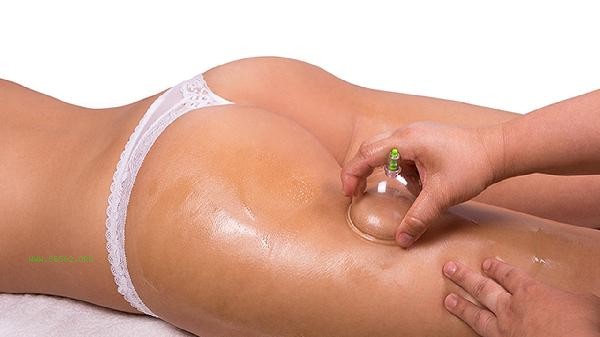
Adjust the diet structure: reduce the intake of high sugar and high-fat foods, increase the intake of protein, dietary fiber, and vitamins. For example, choose chicken breast, fish, whole grains, and vegetables.
Persist in moderate exercise: Engage in at least 150 minutes of moderate intensity aerobic exercise per week, such as brisk walking, swimming, or cycling, combined with strength training, such as squats, push ups, etc.
Establish healthy habits: maintain a regular schedule, avoid staying up late, drink plenty of water, and control stress.
Regular weight monitoring: By recording weight changes, adjust diet and exercise plans in a timely manner.
4. Precautions for Cupping Weight Loss
Cupping weight loss is not suitable for everyone, and the following groups should be cautious:
People with sensitive skin or wounds: Cupping may cause skin damage or infection. Pregnant or menstruating women: Cupping may affect their physical condition. Patients with serious illnesses such as heart disease, hypertension, etc. should undergo treatment under the guidance of a doctor. Cupping can be used as an auxiliary method for weight loss, but it is not the core method for long-term weight loss. To truly achieve weight loss and avoid rebound, the key is to establish a healthy lifestyle, including a balanced diet, moderate exercise, and good sleep habits. Only through scientific methods and persistent efforts can we achieve the desired weight loss effect and maintain it for a long time.
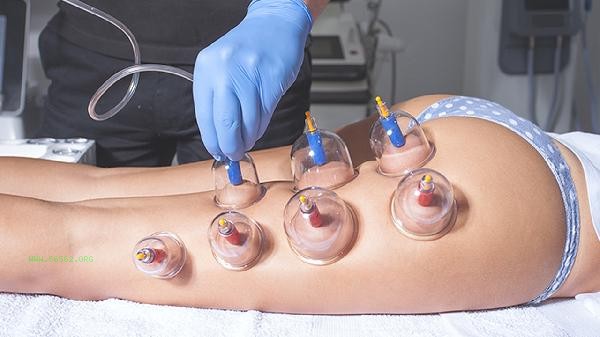

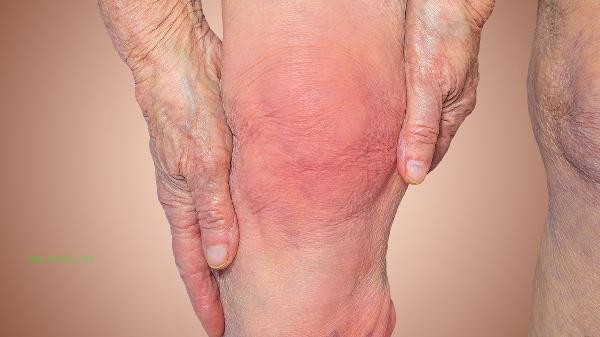
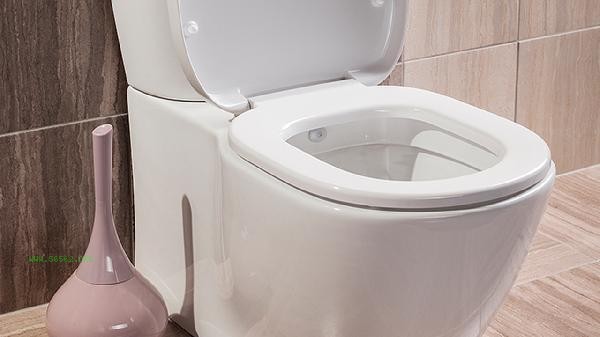
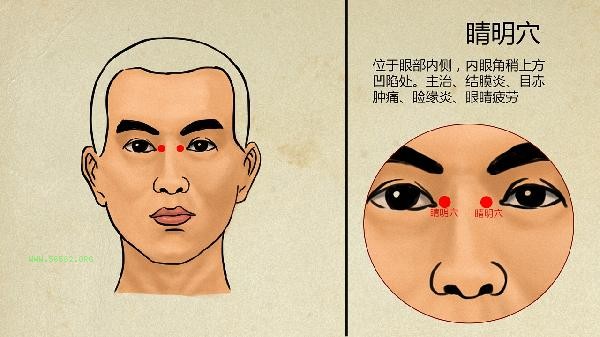

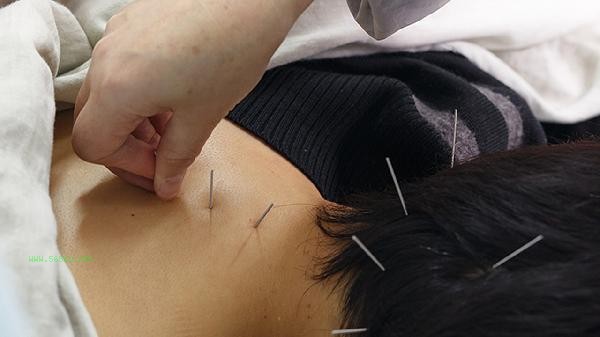


Comments (0)
Leave a Comment
No comments yet
Be the first to share your thoughts!